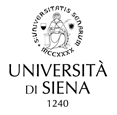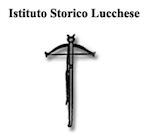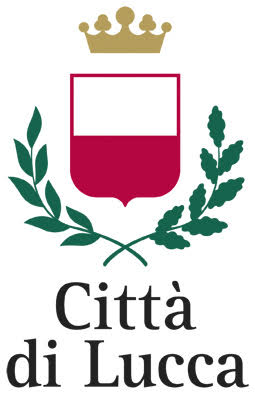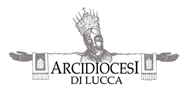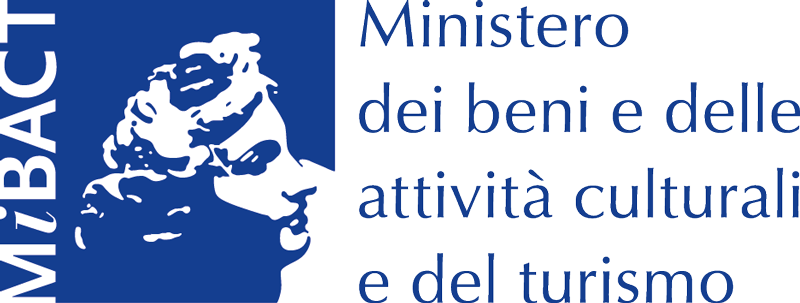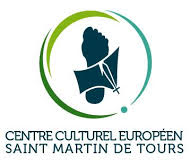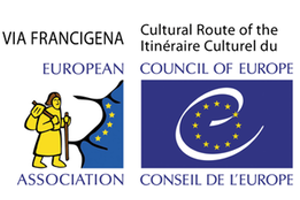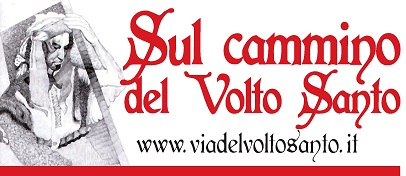In Holy Tears, Holy Blood, Richard D. E. Burton continues his investigation of Catholic France from Revolution to Liberation. From his focus in Blood in the City on public demonstrations of the cultural power of Catholicism, he now turns to more private rituals, those codes of conduct that shaped the interior lives of French Catholic women and determined their artistic and social presentation. "Here there is rather less blood, and considerably more weeping," Burton says. In portraits of eleven women, including Simone Weil and Sainte Thèrése, he traces the lasting power of particular expressions of suffering and sacrifice. How, Burton asks, does a rapidly modernizing society accommodate the cultural-historical legacy of religious belief, in particular the extreme conservative beliefs of ultramontane Catholicism? Burton pays particular attention to the doctrine of "vicarious suffering," whereby an individual suffers for the redemption of others, and to certain extreme forms of religious experience including stigmatization, self-starvation, visions, and apparitions.
Holy Tears, Holy Blood: Women, Catholicism, and the Culture of Suffering in France, 1840-1970

Typologie:
Niveau bibliographique:
Collection:
G - Reference,Information and Interdisciplinary Subjects Series
Maison d’édition:
Cornell University Press
Année:
2004
Pages:
291
Illustrations:
ill.
Source:
Google books
Résumé:








